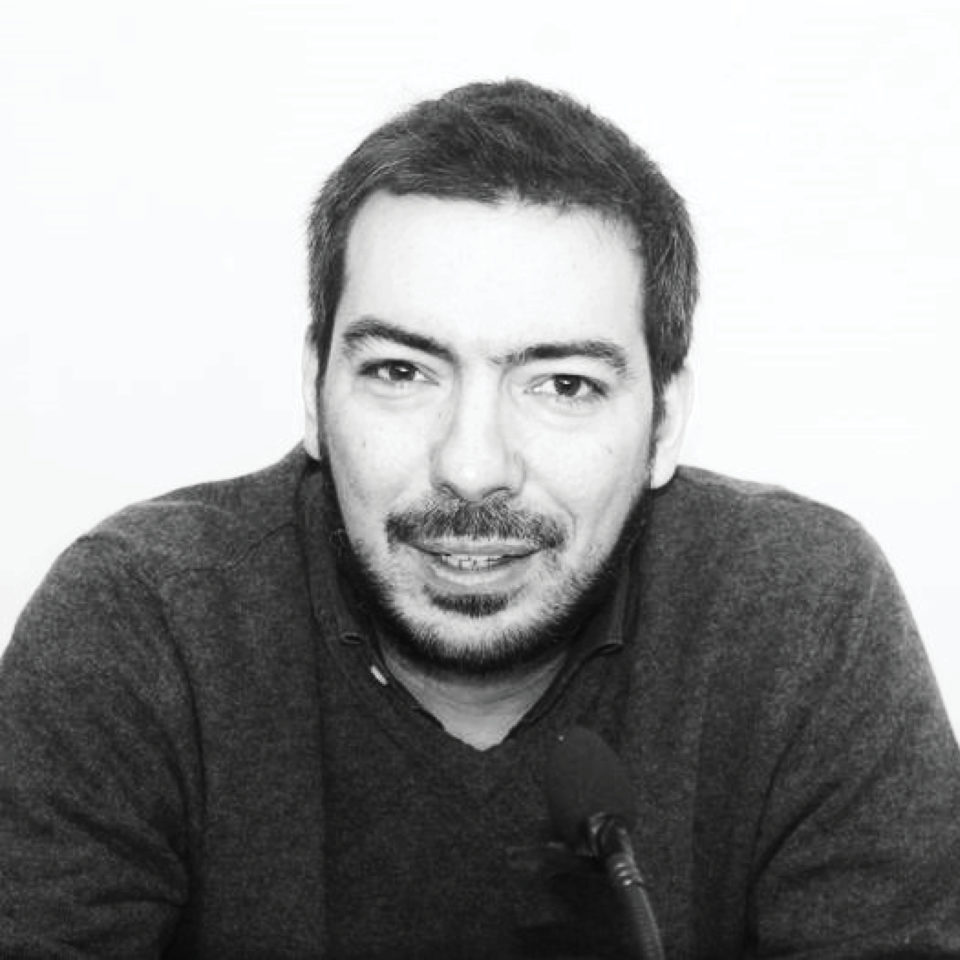The pleasure principle vs the profit principle
a cura di Giorgia Antonini, Lisa Magnoli, Naomi Sabato and Giulia Milanese

An amazing movement of innovation and invention of freer and happier ways of life, born in the 1960s at the heart of Western societies crossed by the cycle of neo-capitalist development. Societies where – to paraphrase Guy Debord and IS (Internazionale Situazionista – Situationist International)– the certainty of no longer dying of starvation was replaced by the risk of dying of boredom.
However, we could probably find the strength of counterculture in all those great and small earthquake-like movements and moments that periodically attempt to come up with new ways of life, lives that are not dependent on that principle of reality which, nowadays, coincides with the principle of profit.
As I said earlier, the signs are probably found in that desire to create ways of life connected to the wish to share, which makes us richer and happier, to the demand for a guaranteed income as a way out of the blackmail of insecure jobs, to the fight for sleep against that capitalism which – as Jonathan Crary observes – now has a tendency to keep up awake 24/7, seven days a week. Nowadays “Better sleep, sleep for all!” is a countercultural slogan.
It could indeed, but I believe that it is increasingly more difficult to do satire because reality has gone beyond imagination. Not for nothing is there far less satire around than was the case until a few years ago.
In the book we sought – I use the plural we as it was a collective book – to carry 1968 forward to the present time, i.e. we tried to imagine what 1968 could mean nowadays. This is somewhat similar to what also interests you with regard to counterculture, not – merely – to carry out historical research, but also to seek to understand which weapons this movement could still offer us nowadays. What we can do, in other words, with that erotic insurrection of bodies and minds.
There were loads and they were recounted mostly in L’Orda d’oro, a book by Primo Moroni and Nanni Balestrini first published by SugarCo in 1988 and subsequently reprinted a number of times by Feltrinelli.
Do not let performance mania colonize you and be curious, do not stop at cheap pre-packaged menus of the imagination, in other words at what is ‘on offer’, but look elsewhere, inside the memories of the most creative movements; memories which will undoubtedly raise your ability to imagine the present and future in many different forms.
The birth of Internazionale Situazionista (IS) in 1957, the creation in Paris of the Atelier populaire des Beaux-Arts in 1968, the birth of punk in the 1970s and in Italy the mass vanguard of the movement in 1977. Also the post-punk movement of the 1980s in Italy, Germany, Switzerland, United States…
The defeat of movements and the conformism that ensued, together with the performance principle that has invaded our daily lives. But not all is lost.